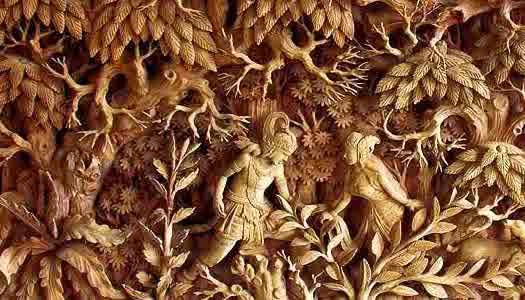HISTORY OF CITY OF SCLUPTURE JEPARA
 |
| Picture of Carver Jepara |
One image that has been so attached to Jepara is a predicate as "The City of Sculpture". Wood carving has become an idiom hometown of Raden Ajeng Kartini, and even there is no other city that is worth mentioning commensurate with Jepara carving furniture for the craft industry. But for sampia in these conditions, Jepara been retracing perjalana very long. Since the golden age of Hindu countries in Central Java, Jepara has been known as the north coast of Java port that also serves a gateway of communication between premises Javanese kingdom of China and India. Similarly, when the first Islamic kingdom in Demak, Jepara has been used as the North port as well as a trade center and a war fleet base. During the spread of Islam by the Guardian, Jepara also made the area "devotion" Sunan Kalijaga who develop various kinds of art, including sculpture. Another factor is the background for the development of wood carving in Jepara are migrants from China who later settled. In the annals of the development of woodcarving also can not be separated from the role of Queen Kalinyamat. During his reign he had a governor named "Sungging Badarduwung" emanating from the State Campa Patih proved an expert chisel who volunteered to teach skills to the local community The evidence of which can still be seen on the sculpture during the reign of Queen Kalinyamat are their ornament carved stone at the mosque Mantingan. In addition, the role of Raden Ajeng Kartini in developing the art of carving is also very large. Raden Ajeng Kartini who see the life of the craftsmen did not move out of poverty, inner disturbed, so he was determined to uplift the artisans. He called several craftsmen from Rear Mount (now one village hamlets mulyoharjo) under the leadership Singowiryo, to jointly make engraving on the back of the county. By Raden Ajeng Kartini, they were asked to make various kinds of carvings, such as crates stitching, ketch tables, frames, ashtrays, jewelery, and other souvenir items. These items are then sold Raden Ajeng Kartini to Semarang and Batavia (now Jakarta), so it became known that the people of Jepara intelligent carve.
HISTORY OF CITY OF SCLUPTURE JEPARA
for recomended you can order the high quality products of furniture which is classic or minimalist design wiyh low price at furniture jepara.


0 Response to "HISTORY OF CITY OF SCLUPTURE JEPARA"
Posting Komentar